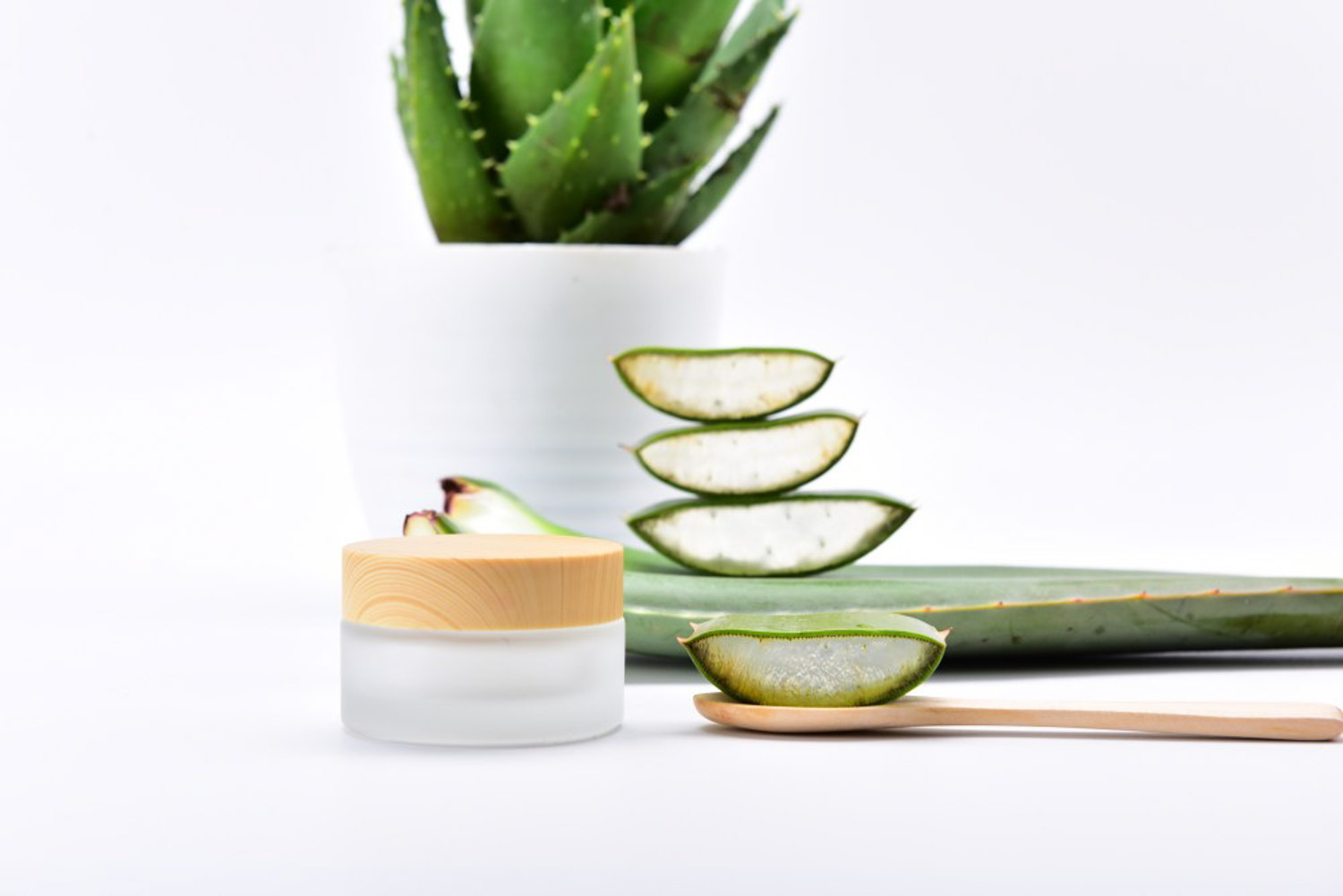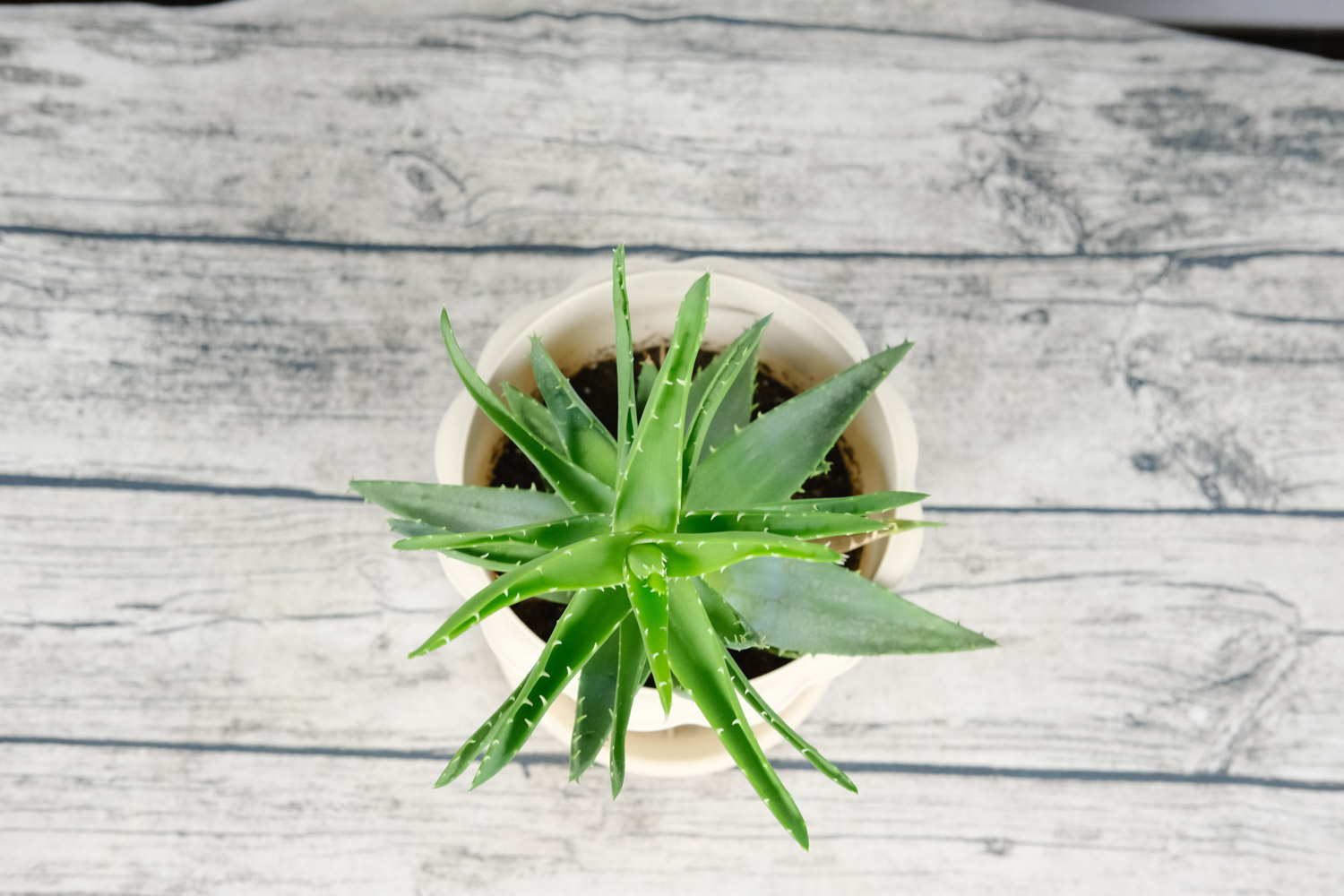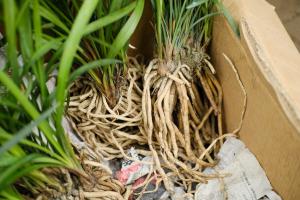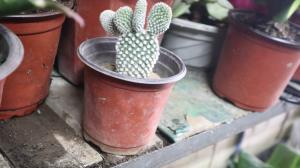How does aloe leaf become red
the redness of aloe leaves is a common phenomenon. Redness means that there is a problem with the growth of aloe. As long as the problem can be found out accurately and treated accordingly, the reddened leaves can also turn green

When the leaves of aloe are red, first check whether the roots are rotten. Once the roots are rotten, the leaves will turn red. If the root is intact, the following five conditions can be referred to and treated accordingly:
First, the light is too strong. Aloe is a green plant that likes light, but too strong light will do harm to aloe. To solve this problem, aloe vera should be moved to a proper shade, and should not be exposed to direct sunlight for a long time
Second, too dry. If you can't water regularly in summer, the leaves of aloe will turn red slowly. At this time, just water the aloe once and let it get wet. In the future, it also needs to be watered regularly

Third, excessive watering. Watering too much can easily lead to root rot, resulting in the redness of aloe leaves. At this time, just pull out the aloe, cut off the rotten roots, and then place them in a cool place to dry slightly before replanting
Fourth, frozen in winter. The temperature is too low in winter, which is easy to freeze the aloe and cause its leaves to turn red. Therefore, in winter, aloe should be placed in a transparent place during the day and indoors at night
Fifth, the flowerpot is too small. The root system of aloe is developed. If the flower pot for planting aloe is too small, its root system will be over wound, resulting in redness of leaves. When this happens, just change aloe into a large basin in spring and autumn

 how many times do yo...
how many times do yo... how many planted tre...
how many planted tre... how many pine trees ...
how many pine trees ... how many pecan trees...
how many pecan trees... how many plants comp...
how many plants comp... how many plants can ...
how many plants can ... how many plants and ...
how many plants and ... how many pepper plan...
how many pepper plan...



























